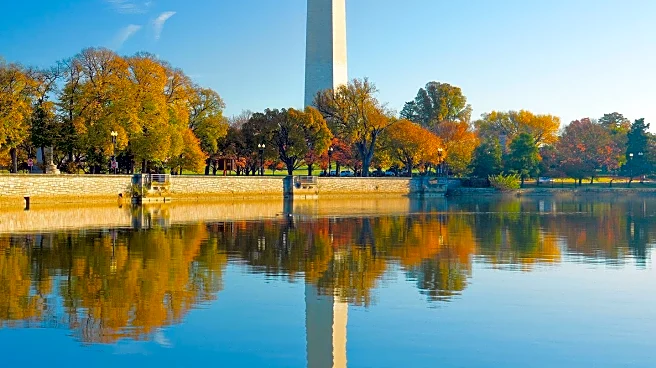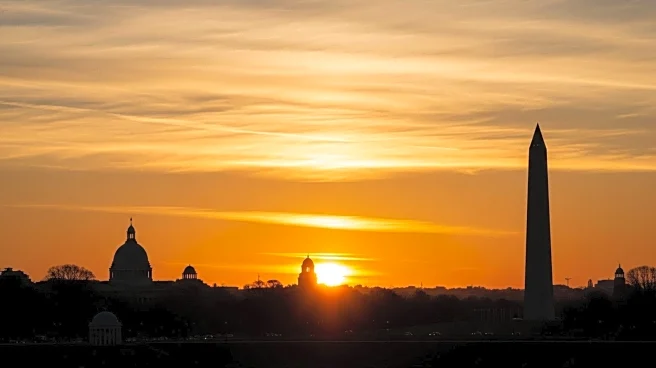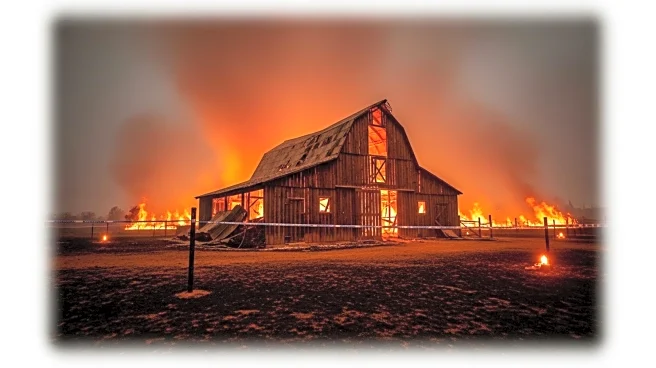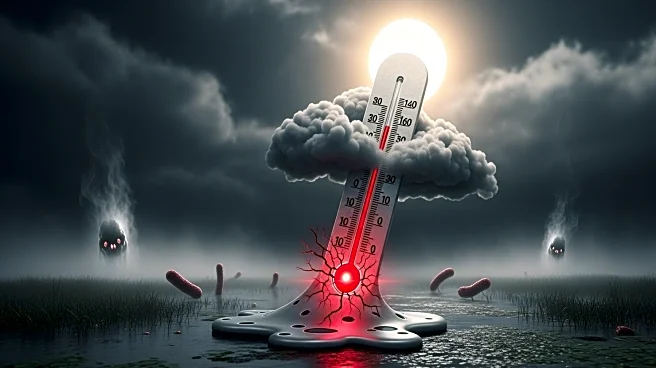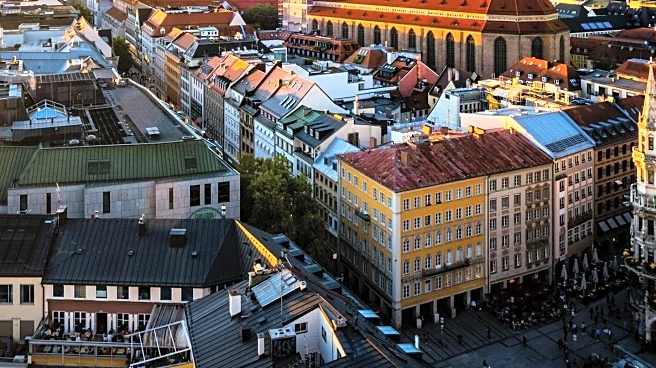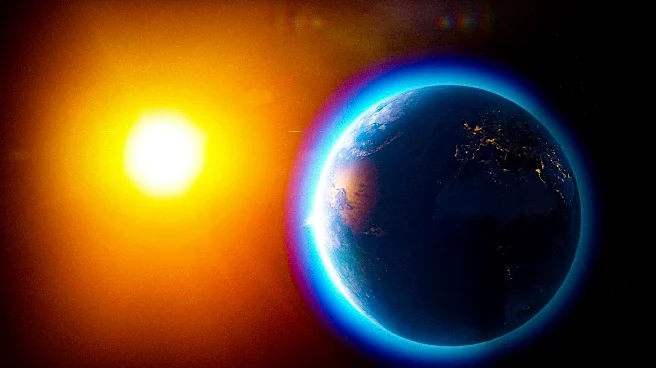What's Happening?
As the fall equinox approaches, Washington D.C. is experiencing a shift in weather patterns that signal the end of summer. On Saturday, the city recorded a high temperature of 77 degrees, slightly cooler than the normal high of 79 degrees for this time of year. The length of daylight is decreasing rapidly, with daylight exceeding darkness by only a few minutes. The equinox, occurring on Monday at 2:19 p.m., marks a moment of equality in Earth's axis orientation, transitioning from summer to fall. Despite the technicality of summer still being present, signs of autumn are visible, such as the dimming sunlight and the changing colors of leaves.
Why It's Important?
The transition from summer to fall in Washington D.C. is significant for several reasons. It affects local agriculture, as farmers prepare for the harvest season. The change in weather also impacts tourism, as visitors may adjust their plans based on cooler temperatures and shorter days. Additionally, the equinox is a cultural marker, celebrated in various traditions and events across the city. The shift in seasons can influence public mood and activities, as residents adapt to the new climate conditions. Understanding these changes is crucial for planning in sectors like energy, where demand may fluctuate with temperature variations.
What's Next?
With the equinox marking the official start of fall, Washington D.C. can expect further cooling temperatures and shorter daylight hours. Local businesses and event organizers may adjust their schedules to accommodate the seasonal change. Residents might begin preparing for winter, considering changes in wardrobe and home heating needs. The city may also see an increase in fall-related activities, such as festivals and outdoor events celebrating the season. Meteorologists will continue to monitor weather patterns to provide accurate forecasts, helping the community plan accordingly.
Beyond the Headlines
The arrival of fall in Washington D.C. brings deeper implications beyond just weather changes. It can affect mental health, as the reduction in daylight hours is linked to seasonal affective disorder (SAD). The equinox also serves as a reminder of the Earth's natural cycles, prompting reflection on environmental issues and climate change. Culturally, the transition may inspire artistic expressions and community gatherings that celebrate the beauty of autumn. These aspects highlight the interconnectedness of natural phenomena with societal and individual experiences.

